All about watering tomato seedlings

How many seedlings will develop into full-fledged plants depends on how correctly watering of tomato seedlings is carried out, and therefore what the final harvest will be. When caring for a crop, it is important to consider not only the frequency of irrigation, but also the quality of the water used.
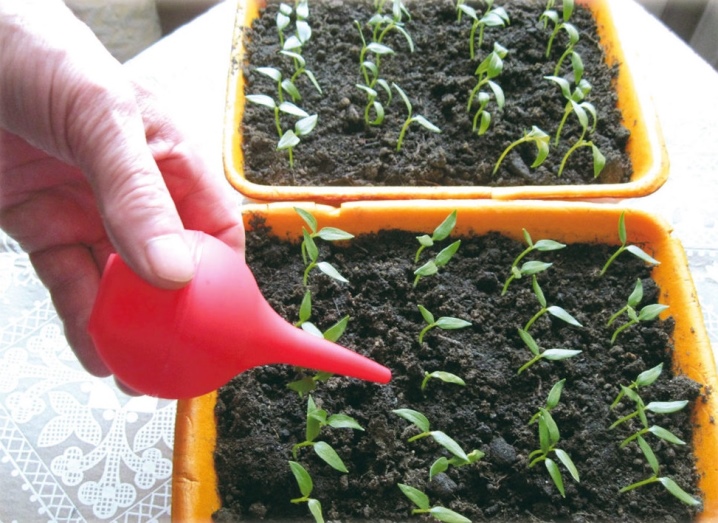
What should be the water?
Watering tomato seedlings should be carried out using a specially prepared liquid. Since in most cases tap water is used for irrigation, it must be collected in advance, after which it should be allowed to settle for about a day or two in unclosed containers. During this time, harmful gaseous compounds will disappear, and heavy ones will form a precipitate. Water for tomatoes will reach room temperature, that is, somewhere between + 20 ... 25 degrees.
Before direct irrigation, the contents of the container will need to be carefully poured into another vessel, leaving about a third at the bottom, containing a precipitate of chlorine and other impurities.
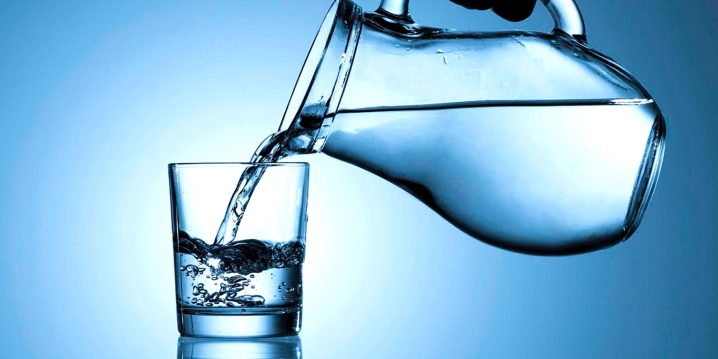
An excellent alternative to tap liquid is thawed, that is, obtained from previously frozen moisture, as well as rainwater - collected during heavy rainfall. These varieties are rich in useful elements necessary for the growth and development of culture. Any water should not be cold, in order to avoid the risk of black leg disease. It is believed that boiled liquid deprived of oxygen, as well as distilled liquid, in which there are no elements that feed the culture, is not suitable for tomatoes. When growing seedlings in the country, you can use water from a well or well, but with the condition that it warms up to room temperature. It is better to soften too hard water by adding ash or fresh peat, and then, of course, defend.
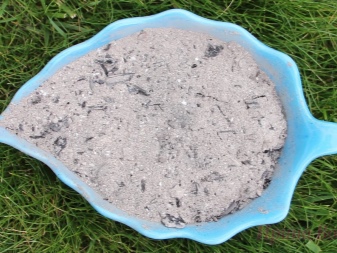
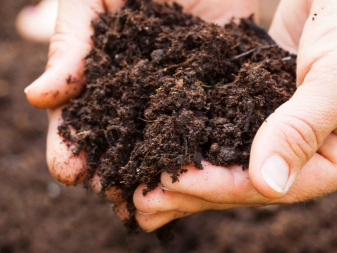
How often and correctly to water?
From the moment of planting the seeds to the emergence of seedlings as such, irrigation is not required for the culture. Usually, the containers displayed on the windowsill are covered with cling film or glass, resulting in a greenhouse effect inside. If the surface seems too dry, it can be slightly moistened with a spray bottle. When the tomatoes have enough shoots, the shelter can be removed, but it will be correct not to water the shoots for the next 3-5 days. However, after the above period, the tomatoes should be slightly irrigated from a teaspoon, syringe, pipette or small watering can.
In general, watering at this stage should be carried out depending on the condition of the soil.

Tomatoes, ready for diving, are watered a couple of days before the procedure. The sprouts should also be planted in moist soil. For about the first week, peat pots with planted seedlings are not touched at all, and then they will have to be watered about once every 4-6 days. It will be most convenient to water from a device with an elongated narrow tube, making sure that the water is poured out near the walls of the vessel, and the root system is not exposed. If the tomatoes are placed in several pieces in large boxes, then irrigation should be carried out between rows. 2 weeks after the dive, irrigation will have to be combined with top dressing, for example, an infusion of wood ash.
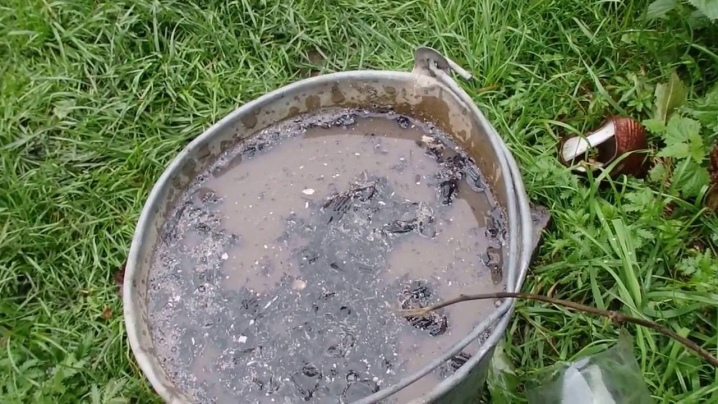
A few hours before disembarking in a permanent habitat, the bushes are lightly watered.
Landing is carried out by transshipment, and specimens in peat pots are transferred directly into them. The soil both in the greenhouse and in the open field should already be moistened. For the next 2 weeks, the culture should not be watered while rooting takes place.Further, before flowering, the culture is irrigated on average every 5-6 days, and 5-6 liters of settled water are used for each square meter.
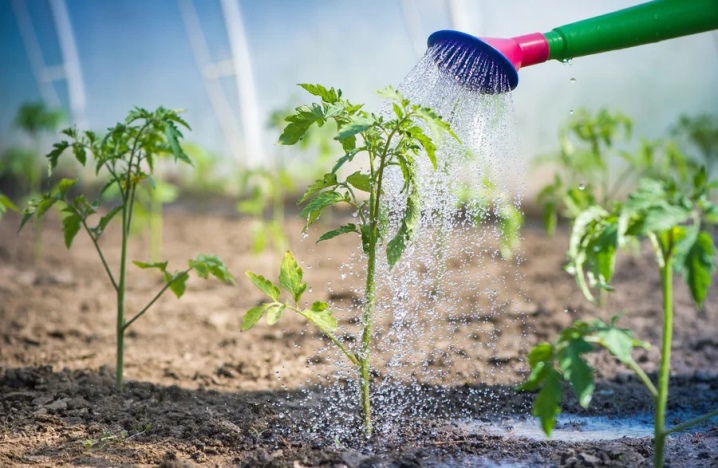
Outdoor tomatoes should receive adequate moisture and irrigation should be done moderately and regularly. With a lack of liquid, ripening fruits will crack, and the leaves will curl and turn black. After planting in the greenhouse, it is better to "refresh" the crop with a sprayer, adding organic fertilizers to the water once a month. In spring, it is enough to do this once every 10 days, and in summer - once every 5 days.
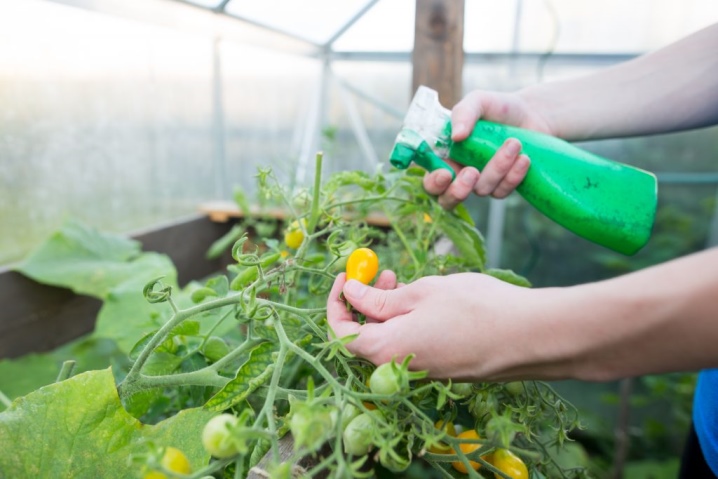
Common mistakes
Novice gardeners usually make a number of the same mistakes when growing tomato seedlings. For example, they use ice water from a well or from a tap for irrigation, which leads to hypothermia of the root system and its further decay or damage to the black leg. Hard water saturated with chemical "cleansing" components also negatively affects the state of plantings.
Waterlogging of the soil most often leads to fungal diseases, a similar effect is possible in the absence of drainage holes in containers. The sprinkling method is categorically contraindicated for tomato seedlings, since the drops remaining on the leaves provoke burns on clear days, and late blight on cloudy days. In addition, the plant roots are washed out.
With a lack of moisture, the plant stops growing, and its leaf blades turn yellow and fall off. And also the period of laying the first flower brush slows down. If you plant tomatoes in dry soil, then the plant will survive double stress. Irregular watering also negatively affects the state of the culture. Seedlings should not be "refreshed" immediately before diving, in the first couple of days after diving and in the first days after landing in their permanent habitat. Finally, it is important to correctly calculate the volume of liquid poured out, depending on the stage of the culture's life.
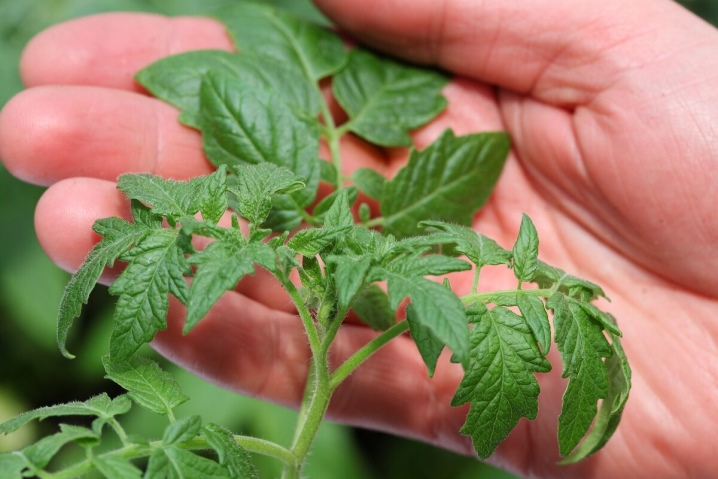
Useful Tips
At home, it is recommended to organize drip irrigation for tomato seedlings. This method allows you to supply moisture in a minimum amount, literally drop by drop, but regularly. As a result, the plantings are not waterlogged and dry. The drip irrigation system is constructed from plastic bottles and tubing used for the dripper, which has a clip. A stand is created for the vessel with water, allowing it to be installed above the container with seedlings.
The tube is fixed with one side in the bottle, and the other is inserted into the ground, deepening a few centimeters. The fluid flow rate can be adjusted by changing the position of the clamp.
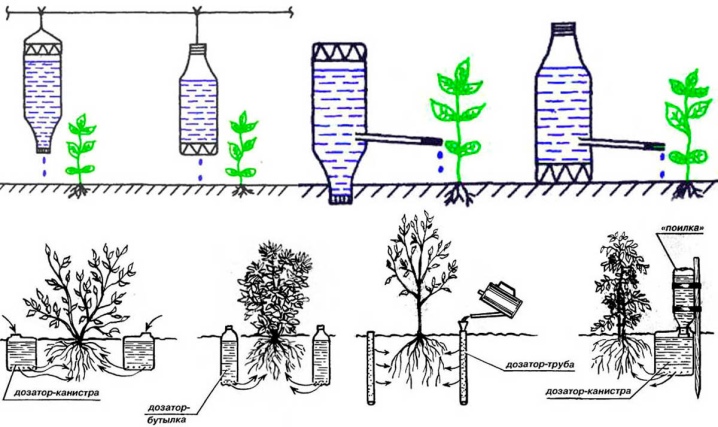













The comment was sent successfully.